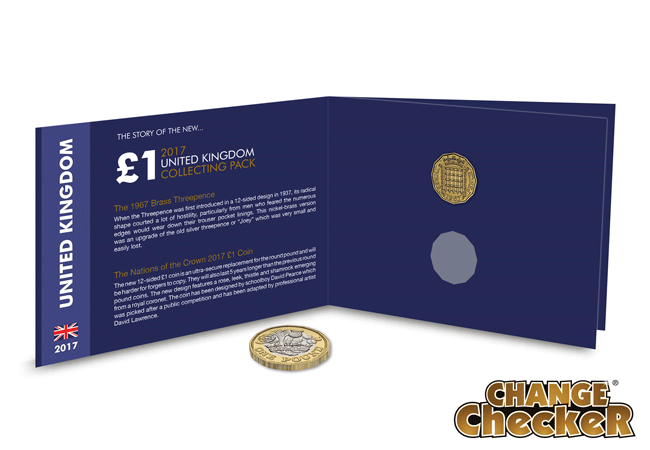The Thrup’nny Bit: A 12-sided Story
The 12-sided £1 coin entered circulation as the ‘world-leading coin’ in anti-counterfeiting technology, and it is being billed by the Royal Mint as ‘the most secure denomination in the world’. But the shape of this modern £1 coin is actually a throwback to the thrup’nny bit – an old favourite from the pre-decimal era.
The 12-sided threepenny is fondly remembered for its individuality. There was quite literally nothing quite like it before, and it holds the proud title of Britain’s first non-circular coin since milled coins were introduced in the 17th century.
Its predecessor, the ‘Joey’, was a very small silver threepence which was often lost or dropped. It was unpopular with the British public, who were crying out for a coin with a more convenient weight-to-value ratio.
In 1937 they finally got it.
The new design was actually planned for the coinage of Edward VIII, but his short-lived reign meant that only a dozen trial pieces were produced with his effigy. These particular threepence pieces have since been written into folklore as among the most sought-after coins in history.
The unconventional shape and thickness of the new brass threepence made it easy to identify amongst other coins in loose change, and it quickly proved to be a very popular new addition.
Striking the coin was the only problem early on. The Royal Mint were finding that the collar placed around each coin was prone to weaknesses because of the 12 sharp corners. In order to make the collars last longer, they were modified to have more rounded corners from 1941 onwards.
A hidden message
There is also more of a story behind the original reverse design than meets the eye. The design features a Thrift Plant. An odd choice you may think, but it was actually used as a clever pun at a time when saving money, or being ‘thrifty’, was heavily encouraged by the government.
Having met with the approval of the public, the coin was readily adopted into the coinage of Queen Elizabeth II, and as the British economy began its recovery after the war, the thrift plant was replaced with a portcullis.
The thrup’nny bit was eventually withdrawn in 1971 after the introduction of decimal coinage which didn’t include Three Pence as a denomination. However, its legacy lives on, and it is still widely regarded as one of the most original and iconic coins in British history.
The Story of the new £1 Collector’s Pack
Click here to secure the ‘Story of the £1 Collector Pack’ which has space for you to house the new 12-sided £1 coin once you find it in your change, alongside the UK 1967 Brass 12-Sided Threepence Coin.


Mark may not wish to hear this, but I have just bought two of these George VI thrift thrup’nny bits for 10p each at the Butchers’ market in Wrexham!
Sounds like you picked up a bargain there Judith!
I tried to place muy order on here but couldn’t
Hi Peter, please call our customer services team on 0333 00 32 777 and they will be happy to help you place your order.